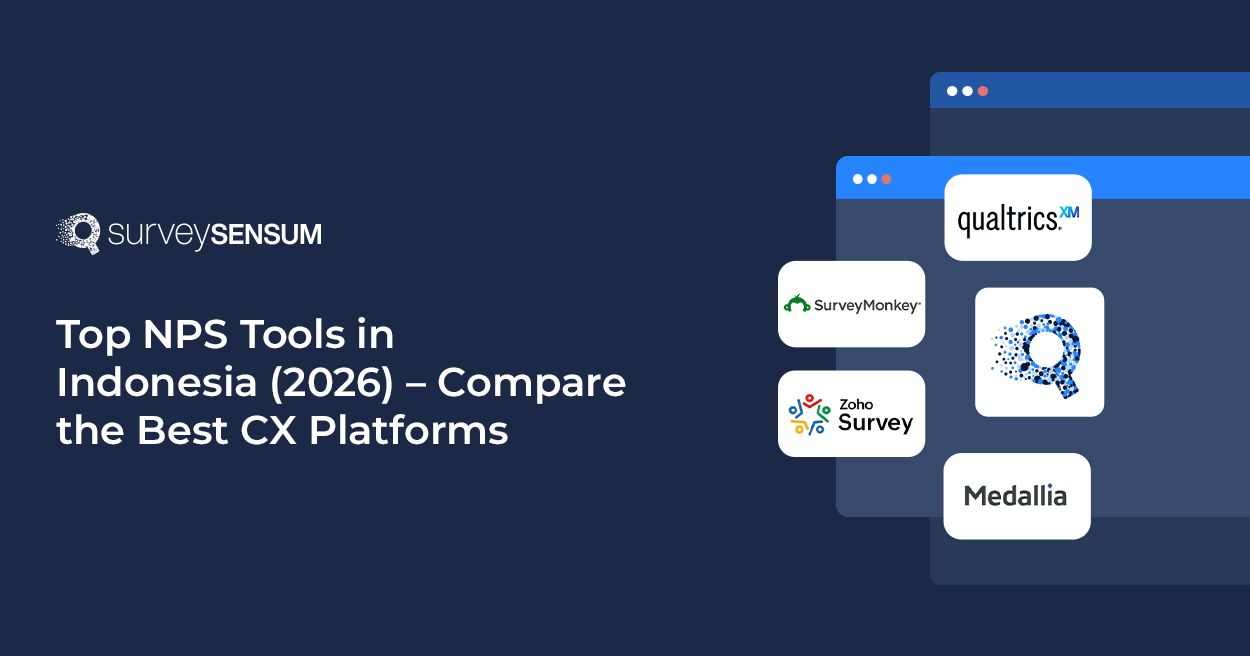

The gold standard for brand loyalty in Insurance — Customer Experience
Unfortunately, insurance customer experience is not what it is supposed to be! It often lags in meeting the rising customer expectations, who now seek personalized advice, omnichannel experiences, and clear and transparent communication.
When insurers fall short, the impact is significant. A single negative experience in the insurance space can drive 50% of customers to switch to a competitor.
Today’s consumers want their insurers to provide an experience that is:
- Personalized
- Convenient
- Seamless
- Engaging
With their preferences constantly shifting and new competitors popping up left and right, the pressure is on. The reality is clear – 70% of insurance customers want easier digital experiences across all platforms. You can’t make do with outdated websites and apps anymore!
This points out the critical necessity for insurers to both innovate and adapt their CX strategies to fulfill rising expectations. Because, beyond customer satisfaction, investing in CX can boost operational efficiency, leading to higher customer retention and better business outcomes.
But how does it benefit the insurers? Let’s see.
The Importance of Insurance Customer Experience
Customers want a simple, hassle-free experience, whether they’re bundling household and auto insurance or accessing policy info through an app. Focusing on CX isn’t just about customer satisfaction; it directly influences loyalty, retention, and business growth. That’s why 85% of insurers are now planning to launch new CX initiatives throughout the customer journey.
Let’s explore why improving CX in the insurance sector is more critical than ever.
- CX is a Major Decision Driver for Customers
Customer experience is now a primary factor in determining which insurer a customer chooses. 46% of customers regard experience as the principal factor in selecting an insurance company, yet only 18% feel their experiences are excellent, and a mere 42% rate their online interactions favorably. This gap highlights an opportunity for you to differentiate your brand by improving the overall experience. When customers feel valued and supported through easy access to information, quick claims processing, and personalized communication, they’re more likely to choose—and stay with—an insurer.
- CX Directly Impacts Revenue
Enhancing CX isn’t just about pleasing customers; it has a direct effect on business performance. McKinsey tells us that insurance companies excelling in customer experience are 80% more likely to keep their clients and see 2-4 times the value from new business launches. How does this happen? Customers are more likely to stay with a company that understands them and provides easy, intuitive services throughout the customer journey, which in turn stabilizes revenue.
- Omnichannel Experience Improves Retention
Did you know that 40% of people won’t even consider doing business with a company if they can’t use their preferred communication method? It makes sense, right? We all want flexibility, especially with insurance decisions. Customers now expect to use multiple channels when researching and purchasing insurance. The ability to switch between a mobile app to a phone call or from online research to speaking with an agent creates a frictionless experience. That kind of seamless, omnichannel experience is exactly what creates a frictionless journey. Seamless omnichannel experience ensures customers receive consistent service, which is essential, as 75% of customers said they would switch insurers for more convenient service options. So, if you’re not offering that smooth, connected experience, someone else will!
Next, we’ll talk about ways to make the insurance experience better for customers through easy-to-use digital tools, getting feedback, and other methods.
Winning Hearts – How to Improve Customer Experience in Insurance
Let’s explore some actionable implementation approaches that can boost the insurance customer experience.
1. Create Seamless, Omnichannel Experiences
31% of customers begin on a desktop or mobile site, but only 27% resolve their issues there. In fact, a Capgemini report shows that more than 50% of customers use three or more channels before making a decision. This emphasizes the importance of a seamless omnichannel experience in enhancing customer satisfaction.
With customers using multiple channels throughout their journey, you must gather feedback from all of them by integrating multiple tools in their tech stack and creating seamless omnichannel experiences. Here’s how:
- Track how customers move between channels to spot pain points and provide personalized experiences.
- Integrate multiple systems like CRM, marketing automation, website, feedback tool, business texting services, and more to give all teams access to complete customer data for a unified approach.
- Ensure customer data is shared across all departments so that interactions remain seamless, no matter where they happen.
- Invest in the right insurance crm software that connect customer data and interactions across platforms for a smooth, consistent experience.
2. Capitalize on the Forces of Feedback & Surveys
Leverage the power of surveys to collect targeted feedback on customer interactions. These surveys uncover the pain points in the customer journey along with an important understanding of customer preferences.
An increasing number of insurers are coming to understand the influence of customer feedback. As per a Deloitte survey, an astonishing 70% of them now use it to shape their CX strategies.
And when you act on feedback, you show customers you genuinely care about their input, building trust and loyalty. This commitment to listening and responding not only enhances their experience but also encourages ongoing engagement. And these organizations that maintain regular feedback collection and application reports, see a 20% increase in customer satisfaction and a 15% boost in retention.
Capture customer sentiment, measure loyalty, make every interaction effortless, and perfect your customer journey with SurveySensum.
3. Empower Your Frontline Team
Your frontline employees are the face of your insurance company. Their interactions with customers shape how your business is perceived. An excellent interaction can increase loyalty, and a disappointing one can decrease it. Converting feedback from these moments into insights for support teams allows you to improve your decision-making process and close the loop.
4. Integrate AI Chatbots
AI chatbots are altering insurer-client engagement. The sizable investment of $124 million per firm in AI technology signals a critical change. As a key part of AI for insurance industry transformation, chatbots can provide 24/7 support, offering quick and accurate answers to your customers’ queries. By removing bottlenecks in customer service, these virtual assistants guide customers from quotes to sales smoothly. In fact, 79% of insurance executives believe AI will significantly change the way businesses interact with clients. For insurers, adopting AI for insurance agents is no longer optional—it’s a competitive advantage.
5. Use Self-Service Portals as Your CX Ally
Thanks to self-service portals, evolution of the insurance customer experience is giving customers total control of their policies. Everything about checking coverage limits and filing claims is just a fingertip away—there’s no need to wait for an agent. The portals simplify claims processing, so customers can upload photos, detail incidents, and follow claims in real-time. In fact, 77% of auto insurance customers already demand digital settlements, and this trend shows how fast the appetite for convenience in online transactions is increasing. It’s easy, it’s fast, and it’s what- and where-the-customer wants.
6. Engage Employees and Agents in CX Initiatives
Customer, employee, and agent experiences are interconnected.
Insurance customer experience can be improved by involving employees and agents as co-creators of change. This approach solves a difficult point on the front line, ultimately boosting employee satisfaction and retention. One insurer trained 35% of its employees and nearly all of its agents in CX skills, resulting in a doubling of CX scores, a 25% reduction in processing times, and improved cross-selling and retention.
7. Help Customers Navigate Product Complexity
Buying insurance can be overwhelming for most customers; they often contact their insurer about four times to understand their options. And after buying their policies, nearly half do not realize their value, which leads to 40% considering cancellation.
This gap in the knowledge distribution system involving agents and brokers makes it hard for insurers to deliver a quality customer experience.
To simplify this process, you should make your products transparent and easily understood. When you tap into your agents’ know-how, you’re giving your customers the right information with a personal touch that really helps them make the right call.
Wrapping Up
We’ve talked about the power of insurance experience and how to improve customer experience in insurance. But to gain your CX edge, feedback is the fuel for that understanding, but collecting it isn’t enough. Because even well-crafted strategies can leave gaps in service, and understanding these shortcomings is crucial for enhancing the insurance customer experience. By actively listening to your customers, you can become more agile in a rapidly changing industry, quickly adapting to meet their evolving needs.
That’s where you can count on SurveySensum. It helps you gather customer feedback fast and turn it into real-time improvements. You can send out surveys in no time, get feedback instantly, map the customer journey, analyze text with AI, and use customized dashboards to deliver a personalized experience.
With it, you’d be on your way to crafting stellar insurance experiences that keep your policyholders happy. After all, happy customers are the best policy!















